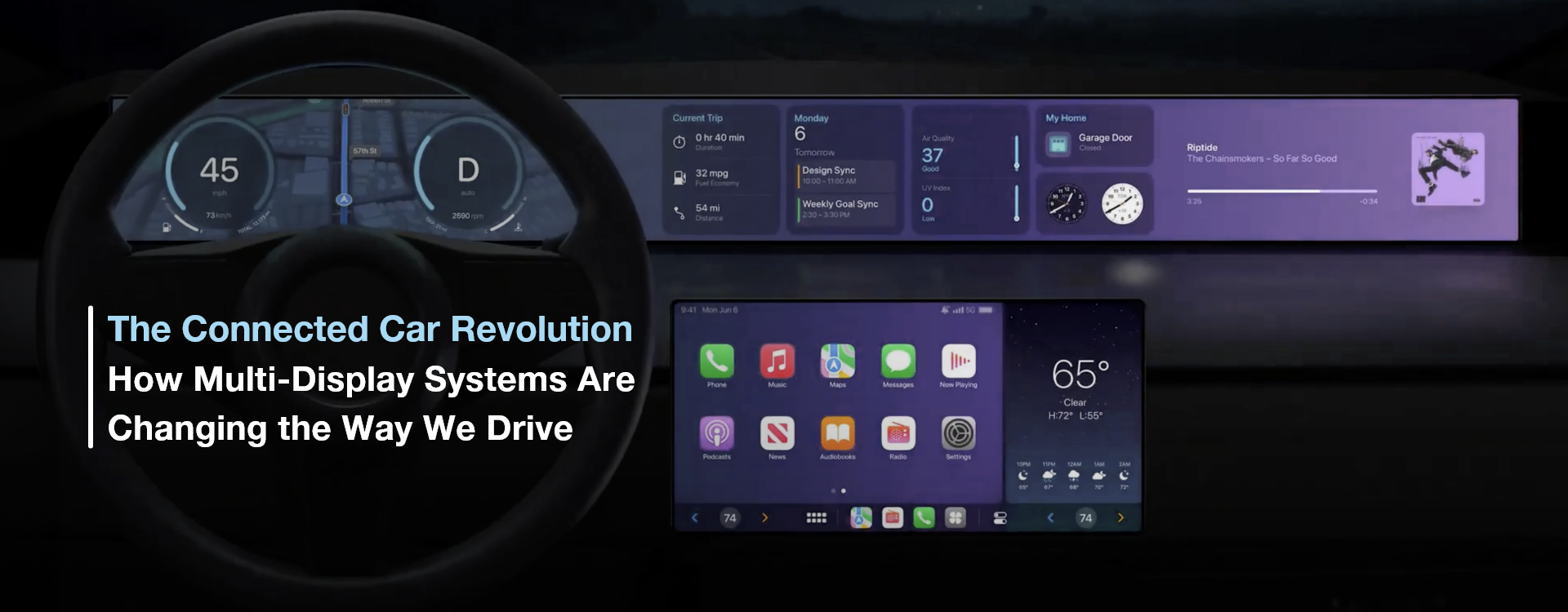
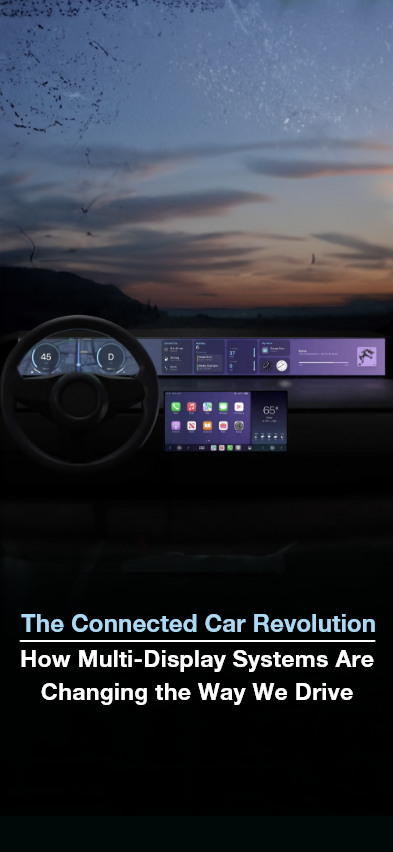
The automotive industry is undergoing a revolution, and at the center of it all are multi-display systems. These innovative systems are changing the way we drive by providing drivers with a wealth of information right at their fingertips.
Gone are the days of simple analog gauges and knobs; today’s cars are equipped with digital instrument clusters (DIC) that display everything from speed and fuel level to navigation and entertainment options.
One of the key benefits of multi-display systems in cars is the ability to customize the information that is displayed. With traditional analog gauges, drivers are limited to a set number of dials and indicators. However, with a multi-display system, drivers can choose what information they want to see and how it is presented. For example, they can choose to have their speed displayed in large, easy-to-read numbers, or they can opt for a more minimalist design with just a small digital readout.
Another benefit of multi-display systems in cars is the increased safety they provide. With traditional analog gauges, drivers need to take their eyes off the road to read the information displayed. However, with a multi-display system, all the information is presented in a way that is easy to read at a glance. This means that drivers can keep their eyes on the road and still have access to important information such as speed and fuel level.
In-car display technology has come a long way over the years. In the early days of automotive manufacturing, cars were equipped with simple mechanical gauges that displayed basic information such as speed and fuel level. However, as technology advanced, so did in-car displays. The introduction of digital displays allowed for more information to be displayed in a smaller space, and the addition of touchscreens made it even easier for drivers to interact with their cars.
There are several types of multi-display systems that can be found in cars today. One common type is the digital instrument cluster (DIC). This is a digital display that replaces the traditional analog gauges found on the dashboard. DICs can display a wide range of information, including speed, fuel level, engine temperature, and more.
Another type of multi-display system is the in-dash display. These displays are typically located in the center of the dashboard and can show a variety of information, including navigation, entertainment options, and climate control settings. Some in-dash displays also support touch input, allowing drivers to interact with the system directly.Digital instrument clusters (DIC) come with a range of key features that enhance the driving experience. One such feature is the ability to customize the layout of the display. Drivers can choose which information they want to see and how it is presented. For example, they can opt for a minimalist design with just a small digital readout, or they can choose a more comprehensive layout that includes additional information such as navigation and entertainment options.
Another key feature of DICs is the integration of advanced safety features. Many DICs come with built-in driver assistance systems that can help prevent accidents and improve overall safety. These systems can include features such as lane departure warning, forward collision warning, and blind spot detection.
If your car doesn’t come with an in-dash display, or if you’re looking to upgrade your current display, there are several aftermarket options available. These aftermarket displays can be installed in your car and provide you with all the benefits of a factory-installed display. Some aftermarket displays even offer additional features and customization options that may not be available with factory-installed displays.
When looking for an aftermarket in-dash display for your car, it’s important to consider factors such as compatibility, ease of installation, and available features. There are many suppliers that offer car infotainment system upgrades, so it’s worth doing some research to find the best option for your specific needs.
Automotive infotainment systems are constantly evolving, and there are several trends that are shaping the future of these systems. One such trend is the integration of multi-screen car integration. This involves the use of multiple displays throughout the car to provide drivers and passengers with a more immersive and interactive experience. For example, some cars now come with displays in the center console, rear seat entertainment (RSE) systems, and even head-up displays (HUDs).
Another trend in automotive infotainment systems is the development of in-car touchscreen systems. These systems allow drivers and passengers to interact with the car’s infotainment features using touch input. This can include everything from controlling the audio system to adjusting the climate control settings. In-car touchscreen system developers are constantly working to improve the user experience and provide more intuitive and responsive interfaces.
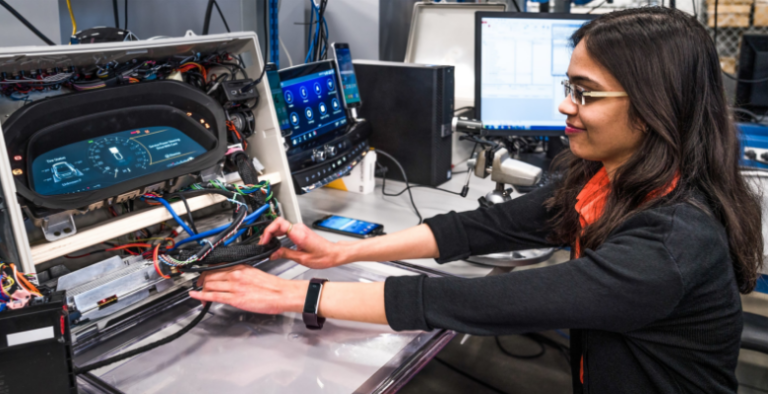
There are several companies that are leading the way in the development of in-car touchscreen systems. These companies include industry giants such as Apple and Google, as well as smaller startups that are focused solely on automotive technology. These developers are constantly working to improve the user experience and provide drivers with more intuitive and responsive interfaces.
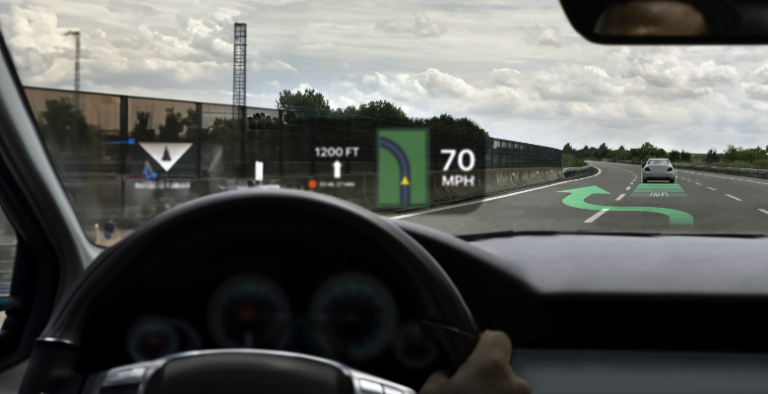
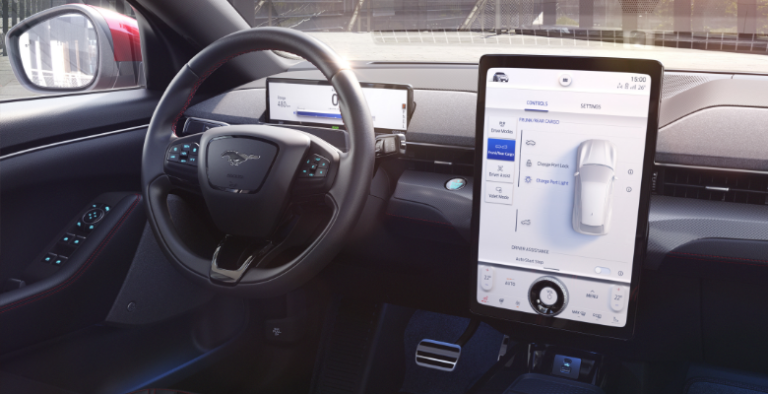
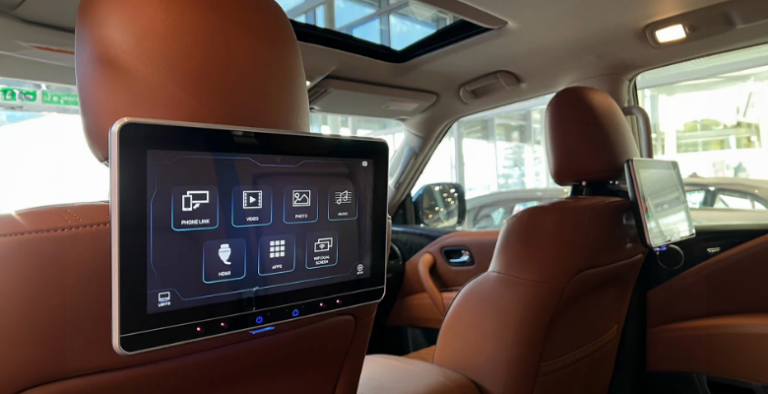
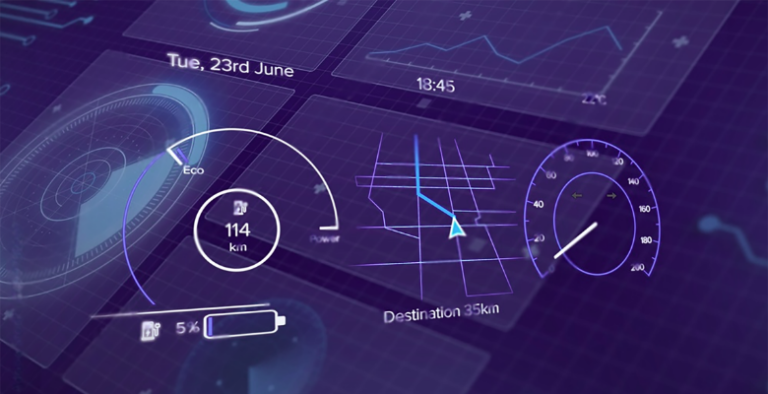
Multi-display systems are revolutionizing the way we drive. From digital instrument clusters to in-dash displays and rear seat entertainment systems, these displays provide drivers and passengers with a wealth of information and entertainment options. The future of multi-screen car integration looks promising, with even more displays and advanced technologies on the horizon. If you’re interested in upgrading your car’s display system, it’s worth exploring the aftermarket options available or reaching out to digital dashboard solution providers for a customized solution. Embrace the connected car revolution and experience the benefits of multi-display systems for yourself.
